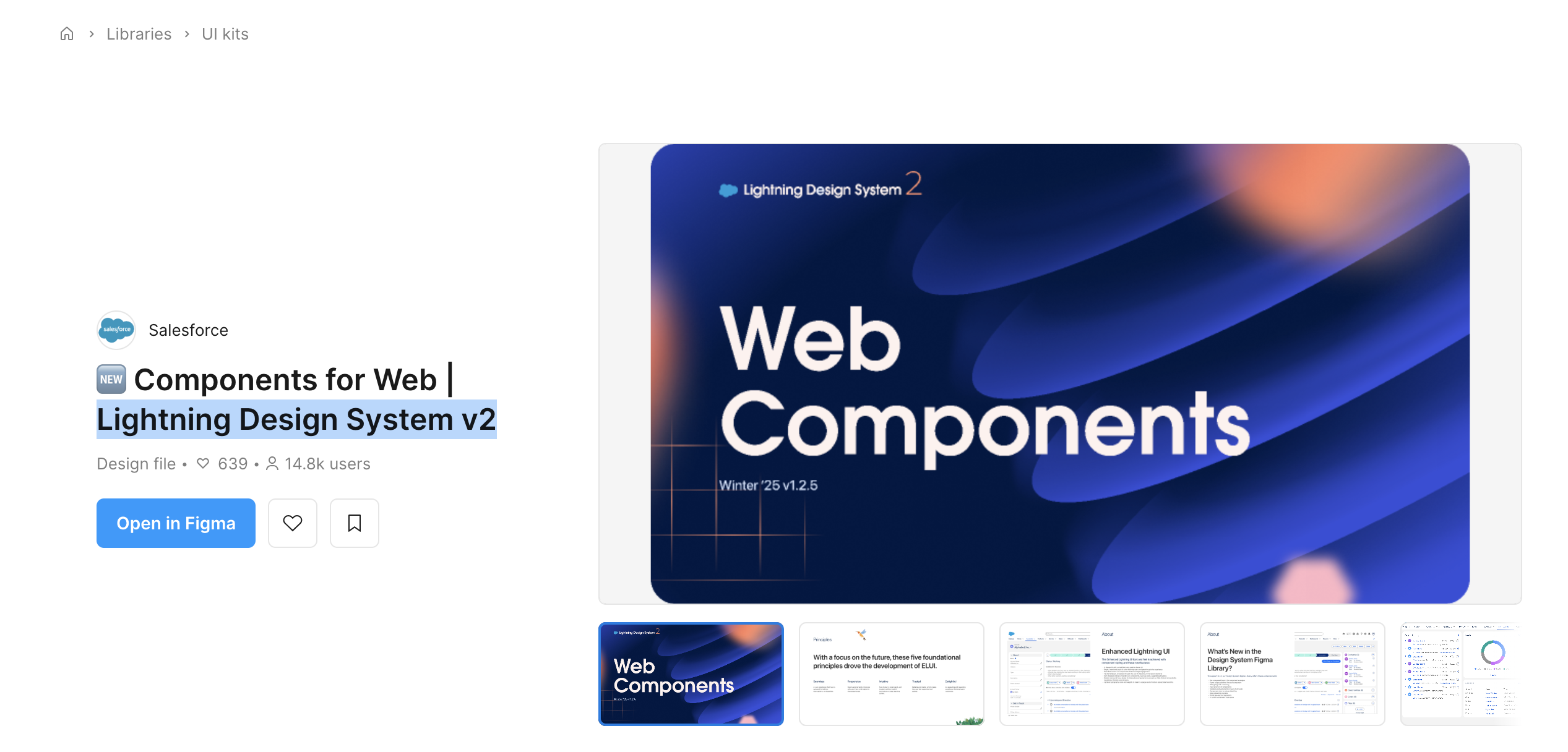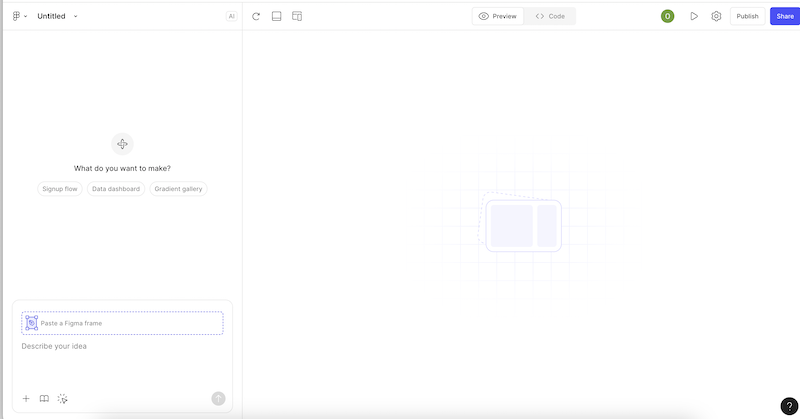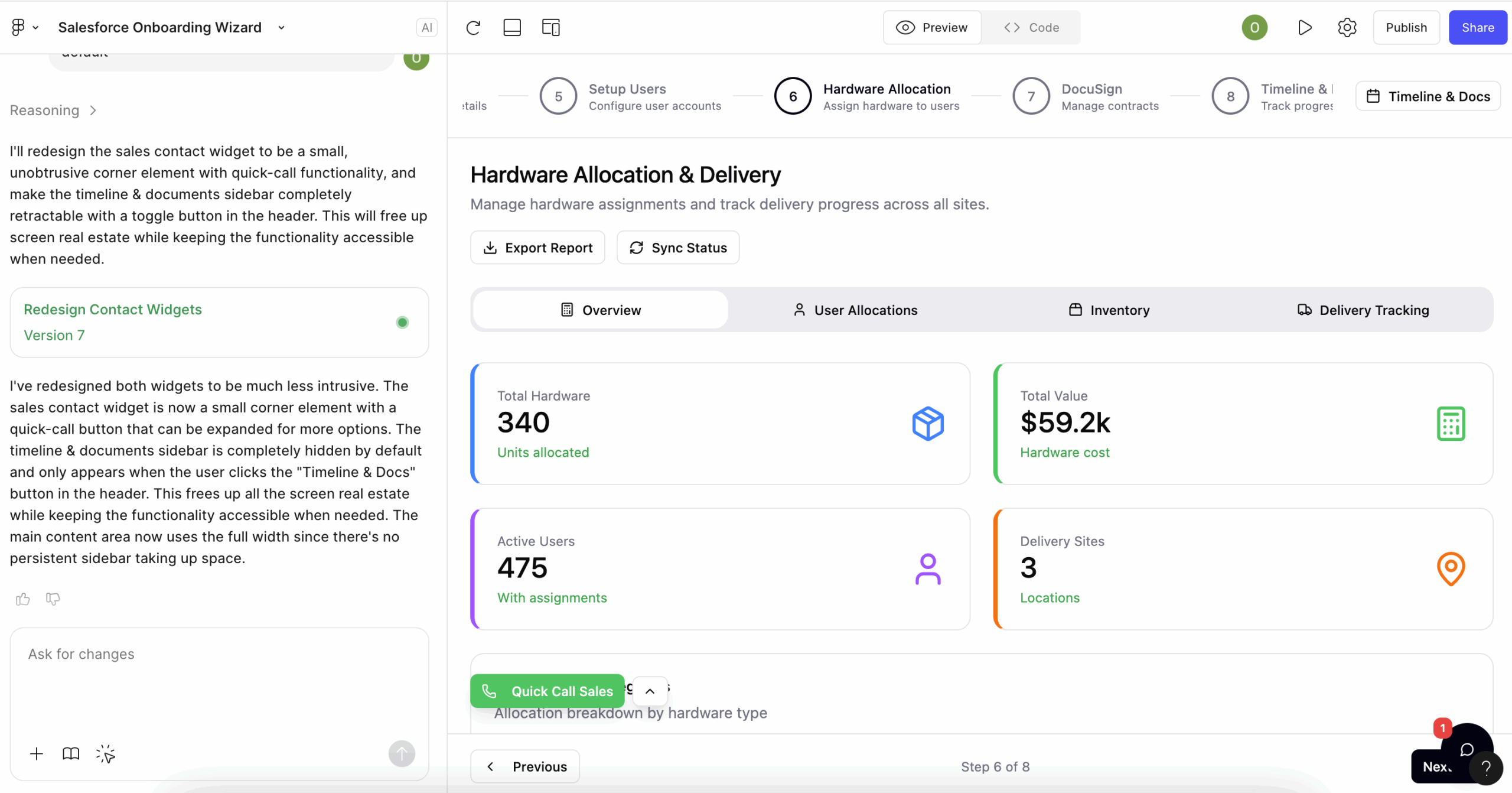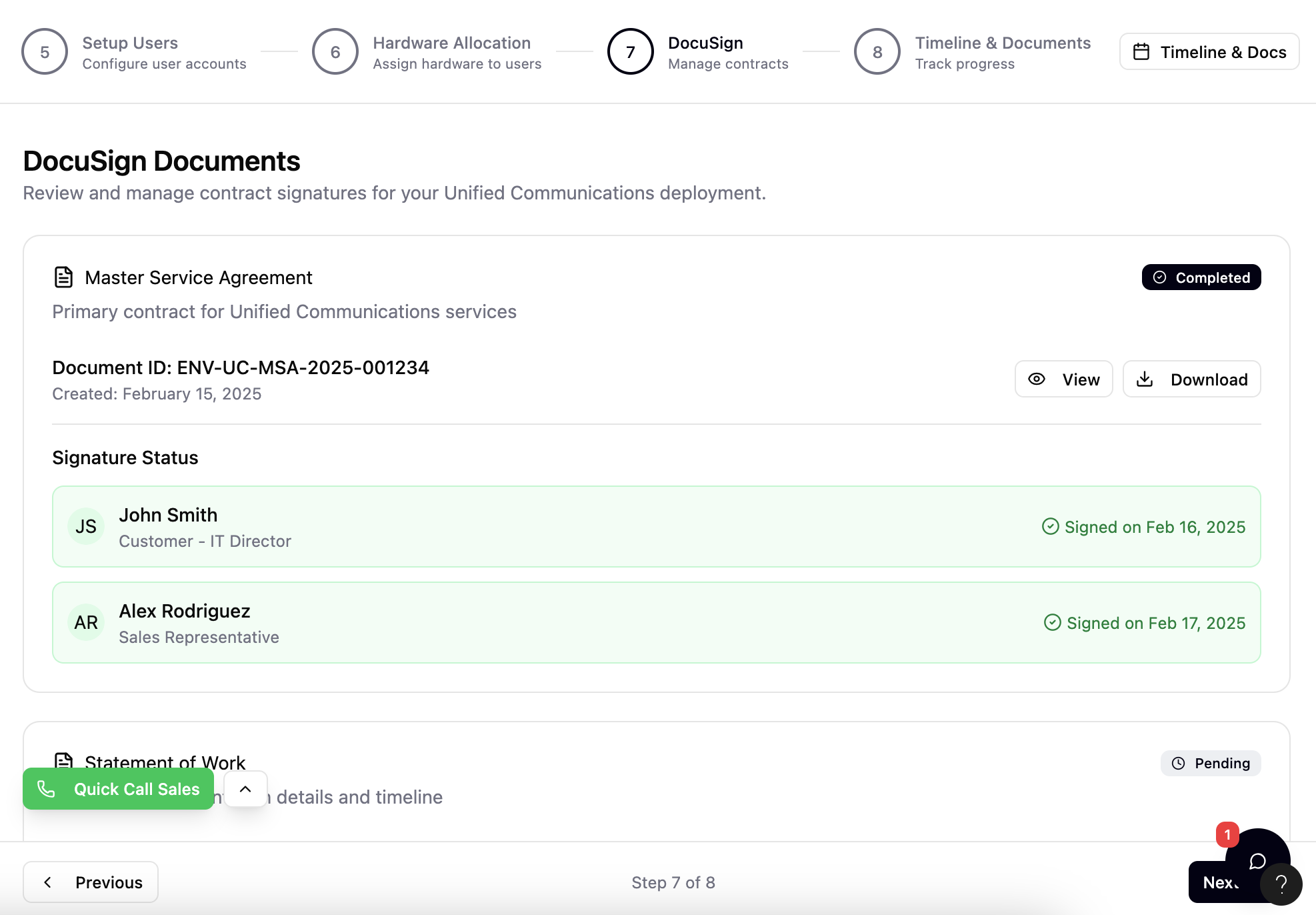AI lab: here we go again!
If this is your first time stumbling into one of our AI Lab posts, here’s the deal: These sessions are how we at Meadow Brooke keep our skills razor-sharp in an industry that moves faster than you can say algorithm update. Every week, we pick a new tool, technology, or AI concept… grab a strong coffee (or a cocktail — because yes, some of our best experiments happen after hours or even poolside on holiday) and put it to the test.
We research it, break it, bend it, and try it out in real-life scenarios — the good, the bad, and the “okay, that was unexpected.” It’s how we keep our AI literacy ahead of the curve, sharpen our ways of working, and make sure we’re delivering the kind of ideas and solutions that actually work in practice.
The context of our topic this week : Why exploring Figma Make?
Last week, in one of our AI Lab sessions, we tested Figma Make to see how it could help us in our day-to-day work. I was particularly excited about this one.
In product work, I’ve been lucky to collaborate with brilliant designers — the kind who take early ideas and research findings and turn them into beautiful, functional journeys. But when it comes to internal tools and operational platforms (think Salesforce or other business-critical systems), that designer magic is often missing. It’s a pattern I’ve seen over and over.
There’s a common assumption:
“It’s for employees, so it doesn’t need polished UX.”
I couldn’t disagree more: internal users are still users. They deserve clear, accessible, frustration-free tools. And when we get the UX wrong for employees, we slow them down, increase training needs, and often burn their goodwill.
When you’re the only one advocating for UX
On some projects, even though I’m not as strong as my designer colleagues, I end up looking after the design myself.
Without Figma Make, I build my prototypes in standard Figma. For tools like Salesforce, I can lean on the Salesforce existing design system (called Lightining Design System) to speed things up and focus on UX rather than UI.
 But doing this, my prototypes are mostly non-interactive. They do the job for documentation, but:
But doing this, my prototypes are mostly non-interactive. They do the job for documentation, but:
-
Some stakeholders struggle to imagine interactions
-
Logic gaps slipped through
-
They don’t give give the great opportunity to do proper user testing
Recently, I hit the classic scenario: No designer. Complex internal tool. High stakes. It was the perfect use case to put Figma Make to the test. My question was simple:
Could it act as my stand-in design partner for operational platform projects like Salesforce implementations?
Outcome of this AI Lab:
First impressions
I loved how simple and intuitive it felt compared to standard Figma.
Prompt panel on the left, design canvas on the right.

You generate a design, review it, spot improvements, and write your next prompt: it’s a fluid and feedback-driven loop.
From flat to interactive
For our use case, I briefed Figma Make exactly as I would a human designer:
-
Gave it my initial flat prototype
-
Asked it to challenge the journey and suggest improvements
-
Included real business rules so the prototype reflected how the tool would actually behave
Within minutes, and just five detailed prompts: I had an interactive prototype that was realistic enough to simulate actual workflows, accessible and easy to navigate and polished enough for non-technical stakeholders to click through and understand instantly
The unexpected bonuses
Figma Make didn’t just follow instructions: it suggested better UX solutions for some of the trickiest flows.

Normally, I’d spend hours testing different components in the Salesforce design system to figure out the best approach. In this AI Lab session, I threw my hardest design challenges at it… and its concepts outperformed my original ideas.
There were also parts of the journey I didn’t explicitly prompt — but Figma Make was smart enough to figure them out on its own.
For example, when it recognised I was building a DocuSign-style flow, it automatically defined how that section should look, based on common user requirements and what would give the best experience.
Think about it — as a user, what are your biggest pain points with DocuSign?
For many of us, it’s two things:
-
Understanding the status — what’s still needed to finalise the document.
-
Quickly seeing who still needs to sign, without hunting through multiple screens
Without me explaining all of this in a prompt, Figma Make generated a super user friendly experience that match the needs!
So how will Figma Make impact our operations
With Figma Make, I can:
-
Create interactive prototypes for internal tools without a designer
-
Test early and often, even on tight budgets and timelines
-
Validate user journeys before development starts
-
Communicate logic clearly to dev teams
-
Reduce surprises and rework later in the build
Tips to Get the Most from Figma Make
So as you might have guest from this AI Lab outcome, we see real value in using Figma Make in our User Centred approach. If you are interested to give it a go too, these are our tips so far to help you get the best designs – just in a few clicks.
1. Start with what you’ve got
Upload your wireframes or sketches. It won’t be identical, but it’s a great head start.
2. Be Precise in Your Prompts
Detailed instructions = better results. I’ve tested complex, multi-part prompts and still got great outputs.
3. Add Real Business Rules
Include conditional steps, role-based views, and error handling so it behaves like the live system.
4. Ask It to Challenge You
“Here’s my current prototype. Suggest 3 improvements for usability and accessibility.”
5. Prototype for Real Users
“Show the same flow for a first-time user and a returning user. Highlight the differences.”
Final Thought
AI won’t replace the creativity and collaboration of great designers, and Figma Make will benefit from different improvements (the biggest one for me would be the integration with the Design Dystem).
But when the alternative is no design at all, Figma Make gives Product Managers, BAs, and solo founders the power to keep UX at the centre of internal tools.
Because whether it’s for customers or colleagues, good design is never optional




